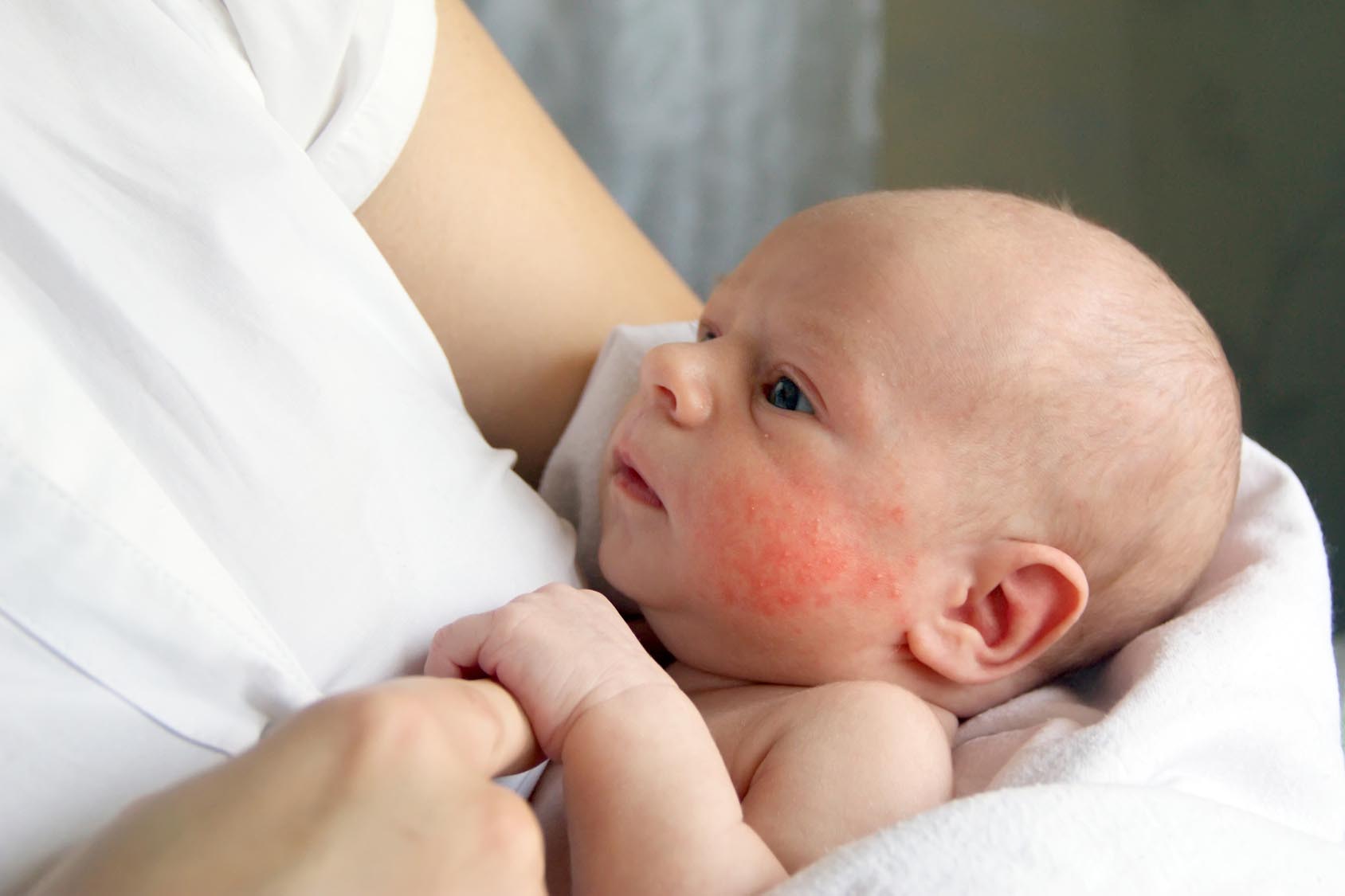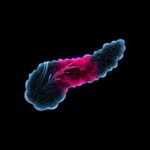-
What is already known on this topic
Food allergies are on the rise, especially among children. Intestinal bacterial alterations seem to be among the causes, but this aspect needs to be explored further. -
What this research adds
In order to better understand the role of commensal bacteria in food allergies, some germ-free mouse models were colonized with faeces from healthy subjects or individuals allergic to cow’s milk. -
Conclusions
Commensal bacteria, different between the two groups, influence the antigenic response to cow’s milk. Targeted microbiota interventions could be a valid therapeutic strategy.
The intestinal microbiome of healthy children plays a protective role against food allergies, a study published in Nature Medicine concludes.
More and more people, especially children, report suffering from food allergies. The intestinal bacterial alteration determined by the lifestyles typical of the twenty-first century, including the incorrect use of antibiotics, the increasing use of cesarean section and artificial feeding and dietary changes, seems to be among the causes.
Previous research has already shown that the intestinal microbiota of children with cow’s milk allergy is altered compared to that of healthy children. Some bacterial species are also known to have protective functions against allergies.
Starting from these premises, the researchers coordinated by Taylor Feehley at the University of Chicago investigated the role of the intestinal microbiome in food allergies by colonizing germ-free mouse models with faeces obtained from healthy children (n = 4) and children allergic to cow’s milk (n = 4). To reduce the effect of the diet, which notoriously affects the composition of the intestinal microbiota, all the children were fed with formula.
The aim of the study was to evaluate the role of commensal bacteria in the allergic response to vaccine beta-lactoglobulin (BLG), by monitoring the differences in microbiome composition, blood immune parameters and gene expression between the two groups.
Different allergic responses based on the donors
After colonizing the mouse models with the faeces from the two groups and having them sensitized with BLG the researchers observed that:
- the models colonized with faeces of allergic donors recorded a significantly higher serum concentration of IgG anti-IBG and mMCTP-1 (mouse mast cell protease-1) compared to the other group
- all models receiving material from healthy donors have shown complete protection from the allergic response
- body temperature was different between the two groups, while bacterial diversity and evenness were similar
To exclude any interference of formula, the experiment was repeated by colonizing the models with faeces of other breastfed, allergic and non-allergic babies. The results proved to be in line with the previous ones.
Once the possible antigenic response was determined, the bacterial composition was analyzed and 58 OTUs were identified, differentially expressed between the two groups but in line with the configurations of the donors.
Three of the five OTUs associated with anti-allergic activity have been shown to belong to the Lachnospiraceae family, particularly to the Anaerostipes caccae species.
A protective bacterial species
In addition to presenting a favorable ratio of protective / non-protective bacteria, healthy subjects and related recipient mouse models also presented a specific gene expression. For example:
- Fbp1, a gene implicated in gluconeogenesis in the intestinal epithelium, presented greater expression in models colonized with faeces of healthy donors
- Tgfbr3 and Ror2, encoding the TFG-beta growth factor receptor, recorded less activity in models receiving from allergic subjects, as opposed to Acot12 and Me1, genes involved in pyruvate metabolism
Finally, through mono-colonization, the researchers showed that the single species Anaerostipes caccae, given its protective activity, presented in itself a gene expression comparable to that of the microbiota of healthy donors.
In conclusion, despite the many factors involved in the development of allergies, commensal bacteria play an important protective role, as is the case with Anaerostipes caccae.
Appropriately manipulating the intestinal microbiome could therefore prove to be a valid strategy to treat food allergies.
Translated from italian by editorial staff









